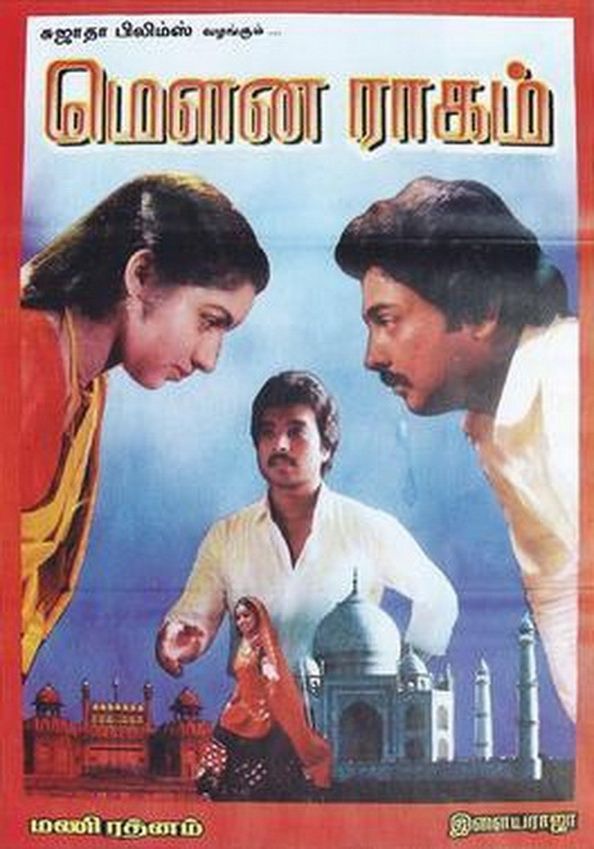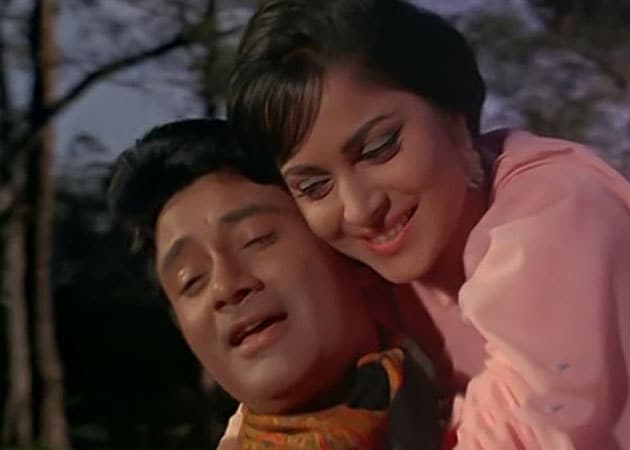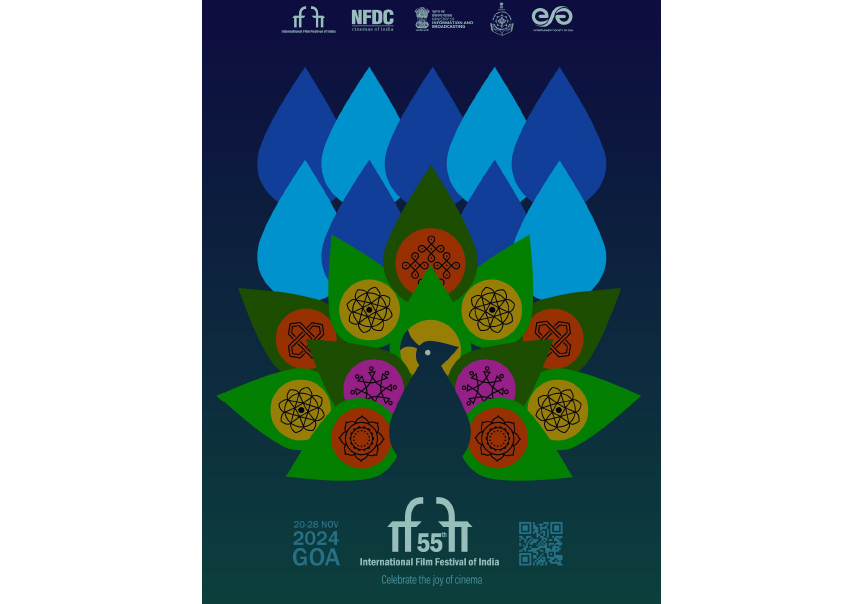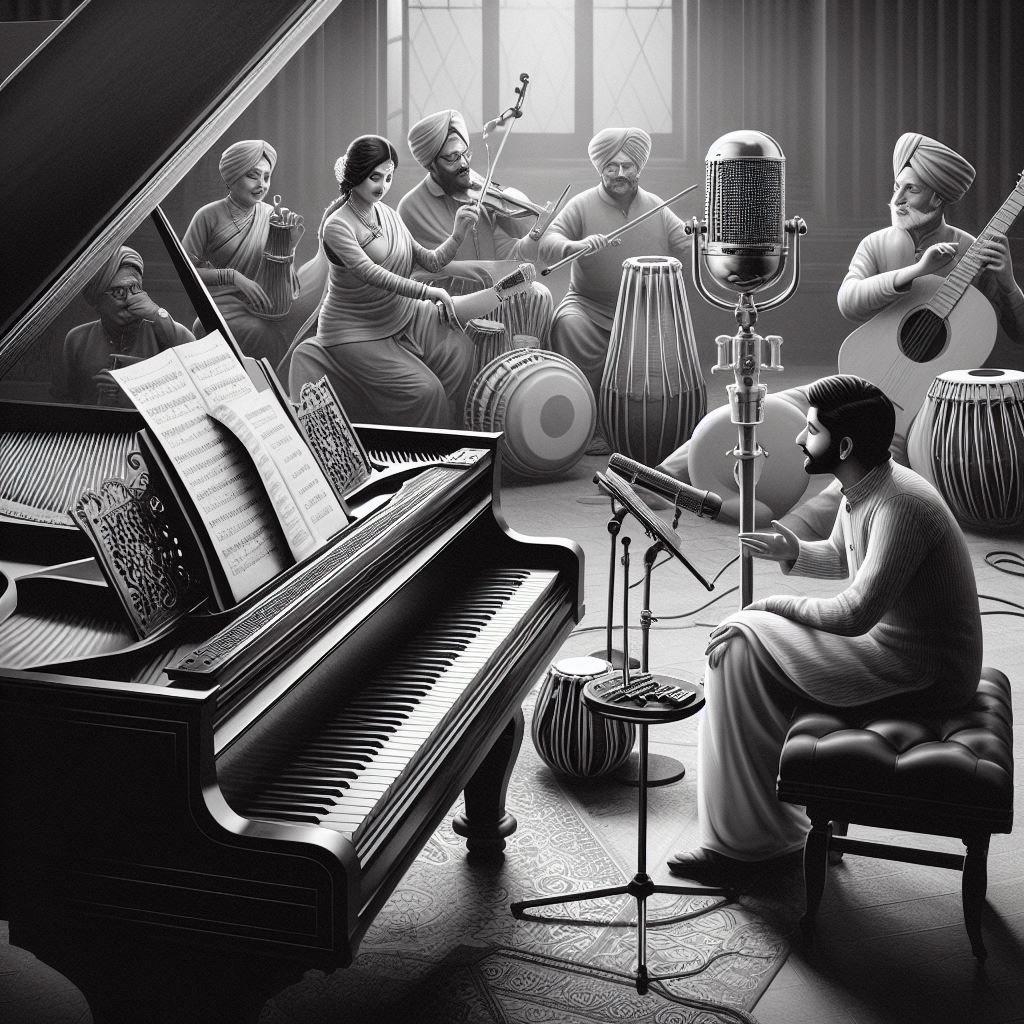Among the few films that have stood the test of time in Tamil cinema, is Mani Ratnam’s classic “Mouna Raagam,” which came out in 1986. The film remains a poignant literary portrait weaving emotions, relationships, and the human psyche into a compelling narrative. Its resonating themes of love, loss, and healing are artistically threaded throughout the film’s fabric.
At its core, the film explores the intricate layers of Divya’s character, a young woman forced into an arranged marriage while grappling with unresolved emotional scars from a past love. Mani Ratnam’s directorial finesse is evident in the profound depiction of Divya’s internal conflict, navigating between the lingering memories of her lost love and the expectations of her present marital life.
The characterization of Divya, portrayed exquisitely by Revathi, is the linchpin of this cinematic masterpiece. Her portrayal unveils the depths of emotional turmoil, effortlessly transitioning from defiance and anguish to gradual acceptance and understanding. Revathi’s performance delicately captures the nuances of a woman torn between her past and present, her expressions a testament to the complexity of human emotions.
The narrative unfolds rhythmically, much like a symphony of emotions, orchestrated by Mani Ratnam’s nuanced storytelling. Each scene resonates with authenticity, offering glimpses into Divya’s journey of self-discovery and her evolving relationship with her husband, Chandrakumar, portrayed convincingly by Mohan.
Portraying the character of Manohar, Divya’s former lover, whose sudden demise leaves a profound impact on her life, Karthik infuses so much life into the film that it resonates with the viewer long after movie ends. Though Manohar’s presence in the film is limited to flashbacks and memories, his character serves as a catalyst for Divya’s emotional turmoil and the central conflict in the story.
Manohar’s vibrant and carefree personality contrasts sharply with the reserved and introverted nature of Divya. Their relationship, portrayed through flashback sequences, embodies youthful exuberance, love, and unfulfilled promises. His unexpected death marks a traumatic turning point in Divya’s life, leaving her emotionally scarred and unable to move past her grief.
The film’s soul-stirring music by Ilaiyaraaja serves as an emotional conduit, heightening the impact of pivotal moments. Songs such as “Mandram Vandha Thendralukku” and “Oh Ho Megham Vandhadho” infuse the narrative with profound emotion, seamlessly blending with the film’s thematic essence.
What sets “Mouna Raagam” apart is its ability to delve into the complexities of marital relationships within a cultural context while transcending cultural boundaries.
What sets “Mouna Raagam” apart is its ability to delve into the complexities of marital relationships within a cultural context while transcending cultural boundaries. It delicately dismantles societal stereotypes, challenging notions of love and marriage, ultimately advocating for personal growth and emotional healing.
One of the powerful scenes in the film is when Divya, overwhelmed by her memories and emotional turmoil, has a cathartic outburst. Revathi’s portrayal of Divya’s inner turmoil and her emotional release in this scene is incredibly moving, as she confronts her past and present.
Another poignant scene is where Divya and her husband Chandrakumar (Mohan) have a heartfelt conversation. This scene beautifully depicts their evolving relationship, as Chandrakumar tries to understand and support Divya without judgment, conveying a sense of empathy and compassion.
Towards the climax, there’s a moment of emotional resolution where Divya confronts her past, symbolized by the confrontation with her inner demons and her decision to move forward. This scene signifies her emotional healing and acceptance, beautifully encapsulating the film’s central theme of closure and growth.
Each of these scenes is beautifully crafted and emotionally resonant, adding depth to the film’s exploration of love, loss, and healing.
Each of these scenes is beautifully crafted and emotionally resonant, adding depth to the film’s exploration of love, loss, and healing. The combination of sensitive direction, powerful performances, and evocative storytelling makes these moments stand out as some of the most memorable and visually captivating scenes in the film.
In conclusion, “Mouna Raagam” stands as a timeless literary narrative brought to life on celluloid. Mani Ratnam’s skillful direction, coupled with stellar performances and evocative storytelling, elevates this film to a poignant exploration of the human heart’s resilience, showcasing the enduring power of love and the cathartic journey towards self-redemption.



